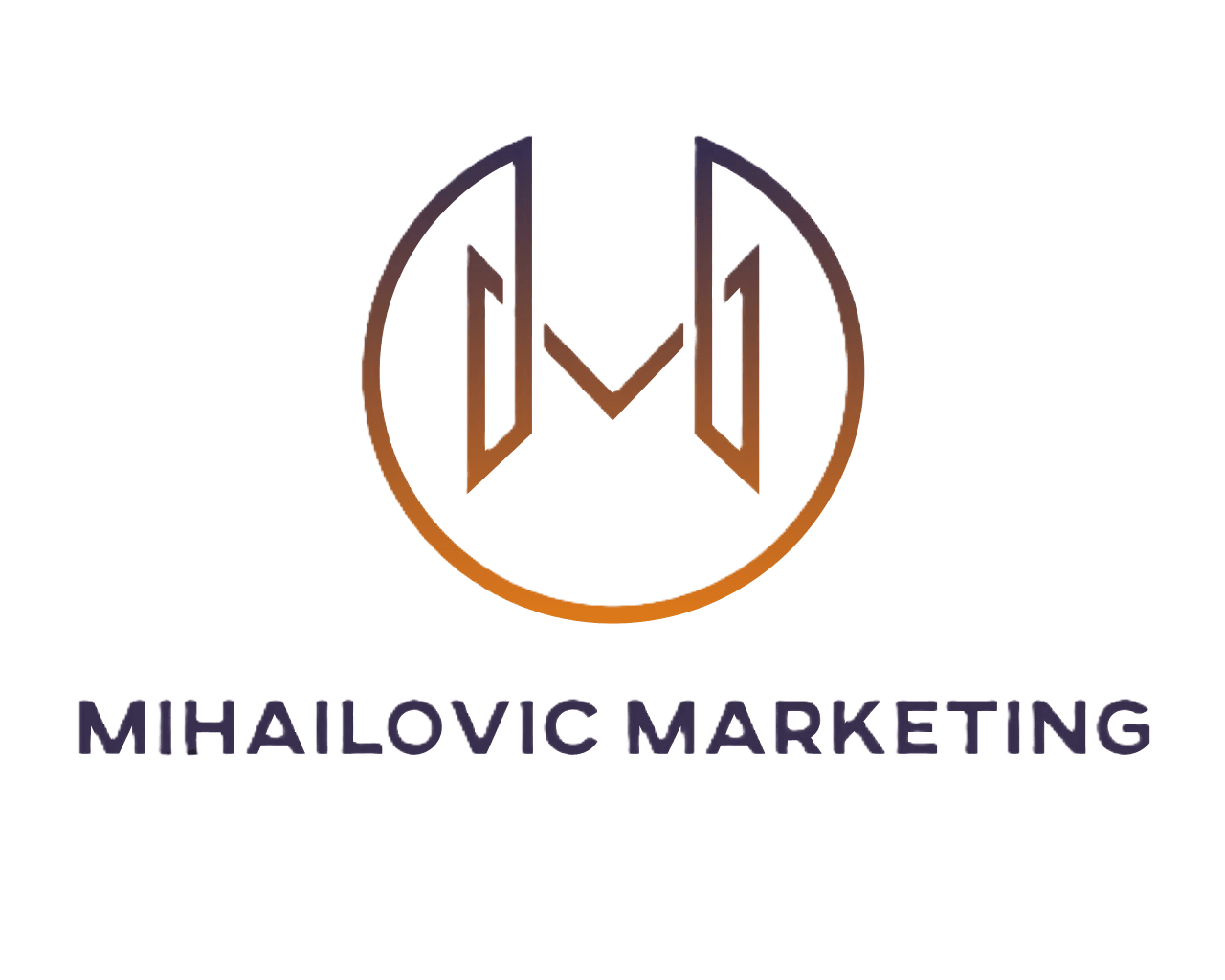Comparing Traditional vs. Digital Marketing: Which is Best for Your Business?
Understanding Traditional Marketing
Traditional marketing refers to any type of promotion, advertising, or campaign that has been in use by companies for years, and has a proven success rate. This includes methods such as television ads, radio spots, print media, direct mail, and outdoor advertising like billboards. These methods have been the backbone of marketing strategies for decades.
One of the main advantages of traditional marketing is its ability to reach a local audience effectively. For instance, a local newspaper ad can target residents in a specific area, making it ideal for small businesses. Moreover, traditional marketing methods tend to have a tangible element, such as flyers or brochures, which can leave a lasting impression on potential customers.

Exploring Digital Marketing
Digital marketing encompasses all marketing efforts that use an electronic device or the internet. Businesses leverage digital channels such as search engines, social media, email, and websites to connect with current and prospective customers. As technology evolves, digital marketing continues to grow rapidly.
One of the biggest advantages of digital marketing is its global reach. Unlike traditional methods, businesses can reach an international audience with just a few clicks. Additionally, digital marketing offers measurable results through analytics tools, allowing businesses to track the performance of their campaigns in real-time.

Cost-Effectiveness
When comparing traditional and digital marketing, cost is a significant factor. Traditional marketing campaigns, such as TV or radio ads, often require a substantial budget, which might not be feasible for small businesses. In contrast, digital marketing can be much more cost-effective. With options like pay-per-click advertising and social media campaigns, businesses can choose how much they want to spend and adjust their budgets as needed.
Moreover, digital marketing allows for better budget management through targeted advertising. Businesses can ensure that their ads are only shown to specific demographics, decreasing wasteful spending and increasing the return on investment (ROI).
Engagement and Interaction
While traditional marketing offers limited interaction with the audience, digital marketing provides numerous opportunities for engagement. Social media platforms enable businesses to interact directly with their customers, answer queries, and build a community around their brand. This two-way communication can lead to increased customer loyalty and satisfaction.

Additionally, digital marketing allows for personalized marketing efforts. Businesses can tailor their messages based on user behavior and preferences, improving the overall customer experience. This level of personalization is challenging to achieve with traditional marketing methods.
Which is Best for Your Business?
The choice between traditional and digital marketing ultimately depends on your business goals, target audience, and budget. If your primary audience is local and you have the resources to invest in traditional methods, they can still be highly effective. However, if you are looking to expand your reach and engage with a broader audience on a budget, digital marketing might be the better choice.
Many successful businesses today use a combination of both strategies. By integrating traditional and digital marketing efforts, you can leverage the strengths of each to create a comprehensive approach that maximizes reach and engagement.

Conclusion
Both traditional and digital marketing have their unique advantages and can be beneficial depending on your business needs. By understanding the strengths and limitations of each approach, you can make an informed decision that aligns with your marketing objectives. Whether you choose traditional methods, digital strategies, or a mix of both, the key is to stay adaptable and responsive to the ever-changing market landscape.
